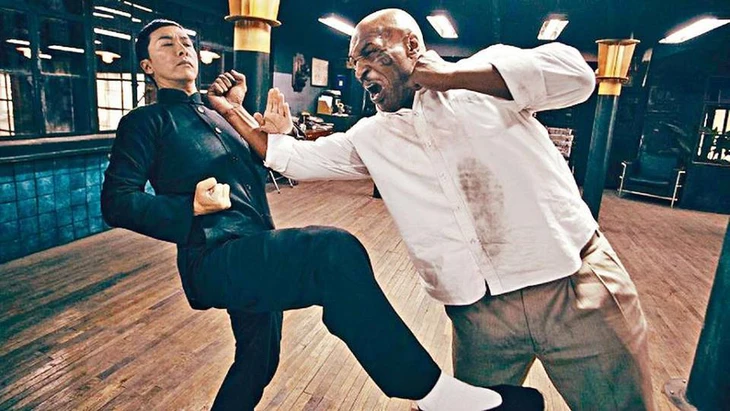
A competition between Wing Chun and boxing on screen - Photo: SC
Wing Chun's humiliating defeat in the ring
In the history of Chinese martial arts, Wing Chun has been praised as an elite school, rich in practical combat, associated with the legend of Ip Man and his famous image on the screen.
But the question arises in the era of professional martial arts: is Wing Chun still practical? A few years ago, Xu Xiaodong showed the martial arts world part of the truth.
The 2018 fight between Ding Hao, a highly promoted Beijing-based Wing Chun master, and Xu Xiaodong, a mediocre MMA fighter, proved a bitter blow to Chinese kung fu fans.
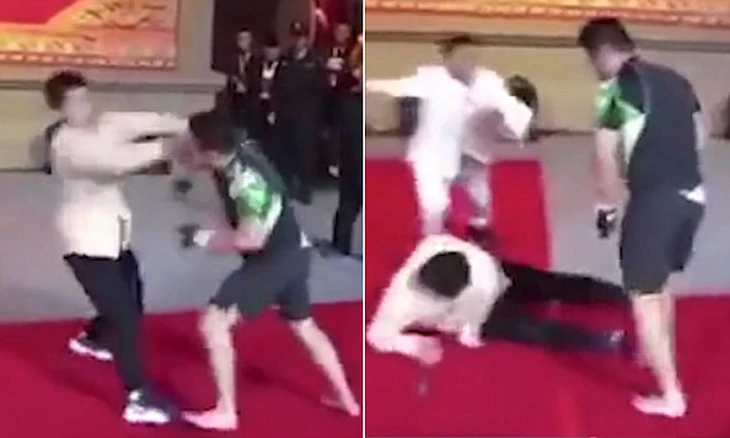
Tu Hieu Dong (in black) quickly knocked down Dinh Hao - Photo: FB
This match was played under the rules of Sanda (a form of Chinese martial arts that prohibits grappling on the ground). Even so, Dinh Hao still appeared confused.
He was repeatedly thrown down, hit with a series of punches, and was unable to show any advantage. According to The Taichi Notebook , Dinh Hao was “crushed by Tu Hieu Dong”. And only thanks to the referee’s intervention did the match end in a controversial draw.
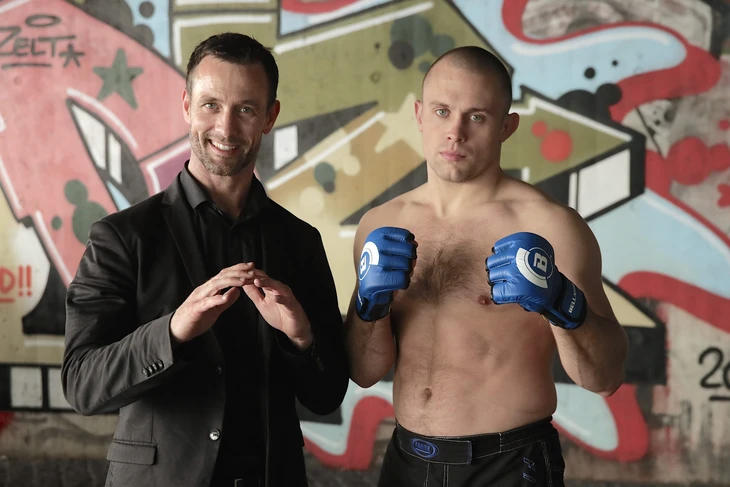
Many professional martial artists have studied Wing Chun - Photo: CA
A year later, Dinh Hao fought another professional Sanshou fighter again. And this time he was knocked out after just a few rounds.
Bloody Elbow described: “Ting Hao, a Wing Chun master, was knocked out once again. The match had to be stopped when he fell flat on the floor.”
These losses reflect the fact that the original Wing Chun was not built for a regulated arena, which requires punching ability, grappling skills, submissions, and intense sparring.
Meanwhile, martial arts that have proven more effective - like Sanshou, Muay Thai or Brazilian Jiu-Jitsu - fully develop those elements.
Why does Wing Chun lack practical combat?
Modern martial arts experts recognize that Wing Chun was originally designed for real-life close combat situations, with many attacks on weak points such as the eyes, throat, and lower body.
However, in the professional ring, these techniques are illegal. At the same time, Wing Chun places little emphasis on clinch submissions, takedowns, and ground wrestling, which are the core of mixed martial arts.
An analysis on Dragon Institute stated: “Wing Chun is useful in some principles. However, it lacks regular sparring practice and long-term combat experience. This makes the school gradually fall behind in the professional arena environment.”
Many martial artists still study Wing Chun.
However, it cannot be denied that many famous martial artists have sought to exploit the principles of Wing Chun and applied them successfully.
Tony Ferguson, former UFC interim lightweight champion, famously used the Wing Chun wooden dummy in his training.
He honed quick reflexes, the ability to close in, use elbows and punches at close range - characteristics of Wing Chun.
On the Sherdog forum, martial arts experts commented: “Ferguson uses a lot of Wing Chun principles in close combat. His elbows, his approach, all have the appearance of Wing Chun. And they are effective in mixed martial arts.”
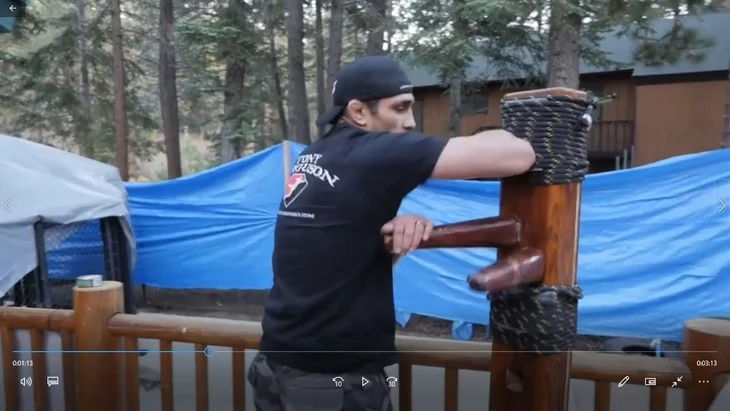
Ferguson practices Wing Chun wooden dummies - Photo: YT
Brazilian legend Anderson Silva also studied Bruce Lee's martial arts philosophy, including Wing Chun.
He is famous for his ability to “trapping” – blocking and controlling the opponent’s hands to launch an instant counterattack. This skill has helped Silva defeat many opponents in the UFC.
Jon Jones, considered the best fighter in UFC history, has also admitted that he applies the principles of Wing Chun, especially the oblique kick to disrupt the rhythm of movement. This move comes from the Wing Chun philosophy of controlling the midline and has become a familiar weapon to help Jones dominate the game.
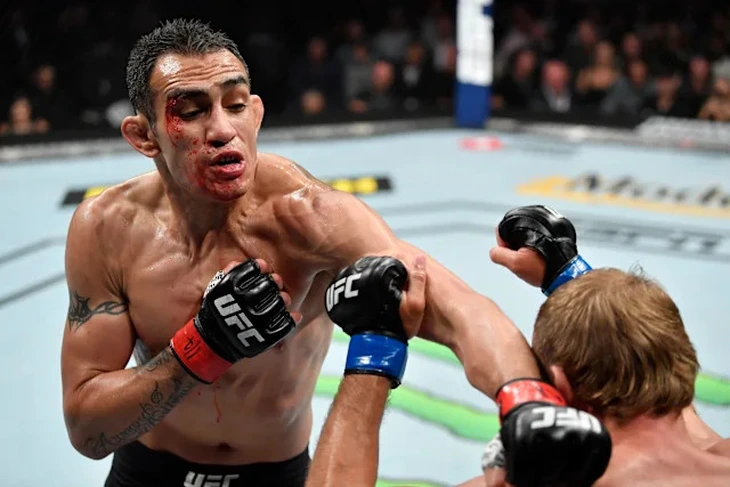
Tony Ferguson is fierce in the ring - Photo: UFC
Through specific examples, it can be said that the original Wing Chun is difficult to succeed when entering the professional ring.
But when its principles are refined and combined with other modern martial arts - such as boxing, Muay Thai, wrestling, Jiu-Jitsu - Wing Chun still has a place in the top martial arts community.
Experts conclude that the value of Wing Chun lies in the principles of movement, closeness and control of the midfield, not in maintaining it as an independent system in competition.
As Tony Ferguson once said: “I use Wing Chun to train my reflexes, so that my opponents are always under pressure when I am at close range. But to win, I have to combine it with other martial arts.”
Source: https://tuoitre.vn/vinh-xuan-quyen-co-thang-noi-ai-tren-vo-dai-chuyen-nghiep-20250819113508323.htm


![[Photo] Bustling Mid-Autumn Festival at the Museum of Ethnology](https://vphoto.vietnam.vn/thumb/1200x675/vietnam/resource/IMAGE/2025/10/4/da8d5927734d4ca58e3eced14bc435a3)
![[Photo] Solemn opening of the 8th Congress of the Central Public Security Party Committee, term 2025-2030](https://vphoto.vietnam.vn/thumb/1200x675/vietnam/resource/IMAGE/2025/10/4/f3b00fb779f44979809441a4dac5c7df)


![[Photo] General Secretary To Lam attends the 8th Congress of the Central Public Security Party Committee](https://vphoto.vietnam.vn/thumb/1200x675/vietnam/resource/IMAGE/2025/10/4/79fadf490f674dc483794f2d955f6045)

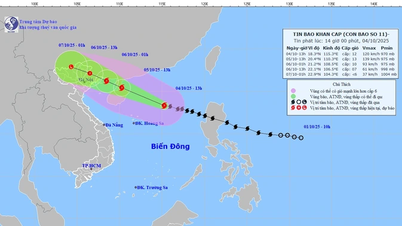

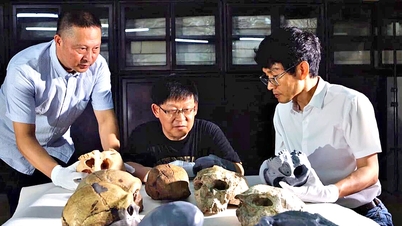
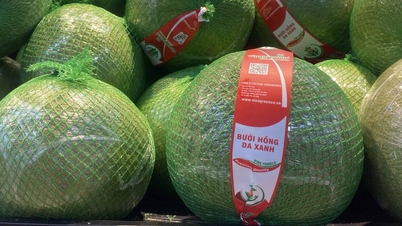





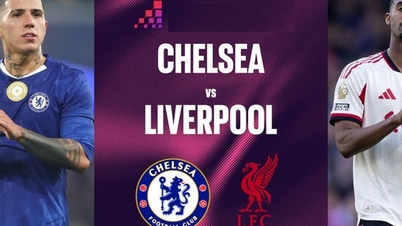

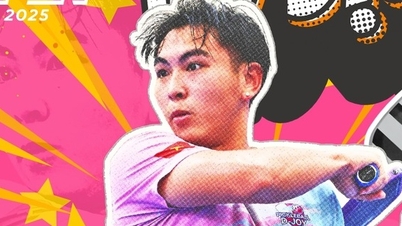
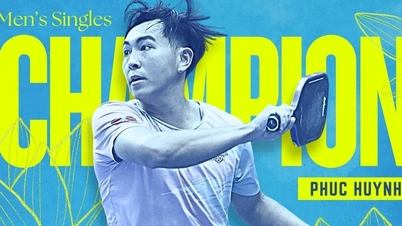
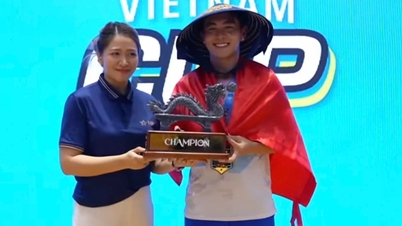



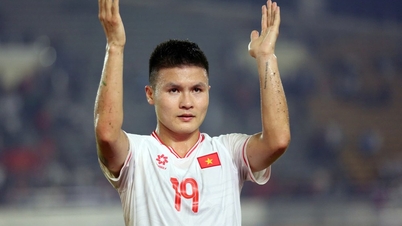








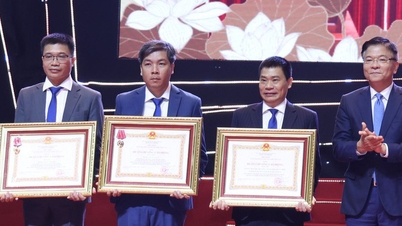

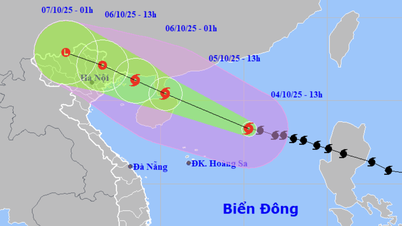
























![[VIDEO] Summary of Petrovietnam's 50th Anniversary Ceremony](https://vphoto.vietnam.vn/thumb/402x226/vietnam/resource/IMAGE/2025/10/4/abe133bdb8114793a16d4fe3e5bd0f12)
![[VIDEO] GENERAL SECRETARY TO LAM AWARDS PETROVIETNAM 8 GOLDEN WORDS: "PIONEER - EXCELLENT - SUSTAINABLE - GLOBAL"](https://vphoto.vietnam.vn/thumb/402x226/vietnam/resource/IMAGE/2025/7/23/c2fdb48863e846cfa9fb8e6ea9cf44e7)
































Comment (0)